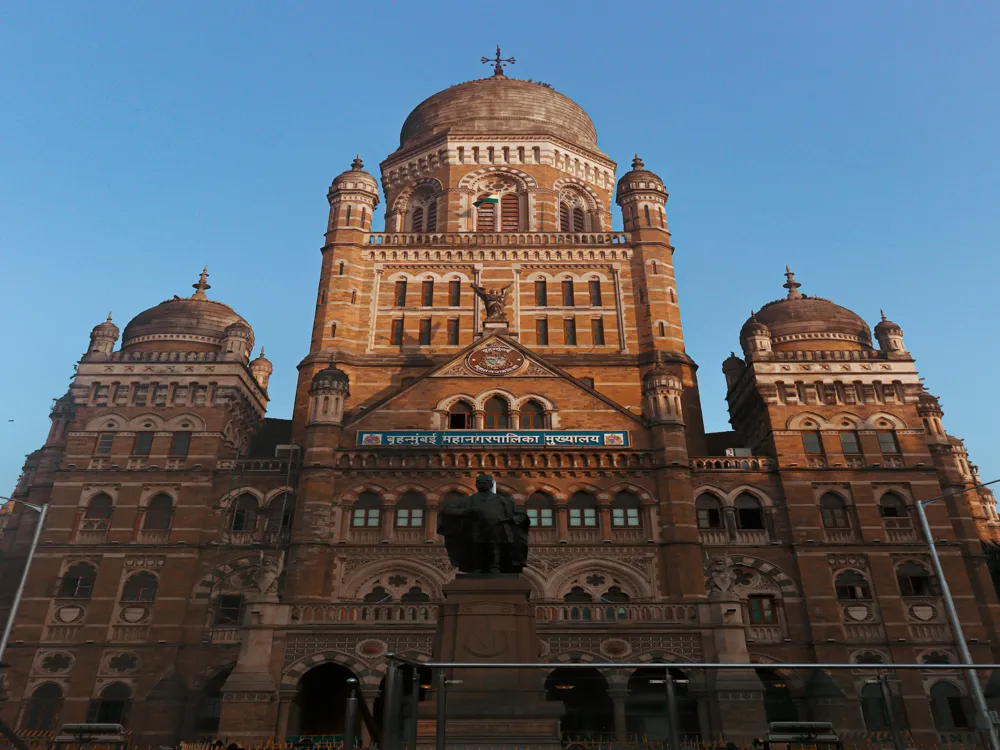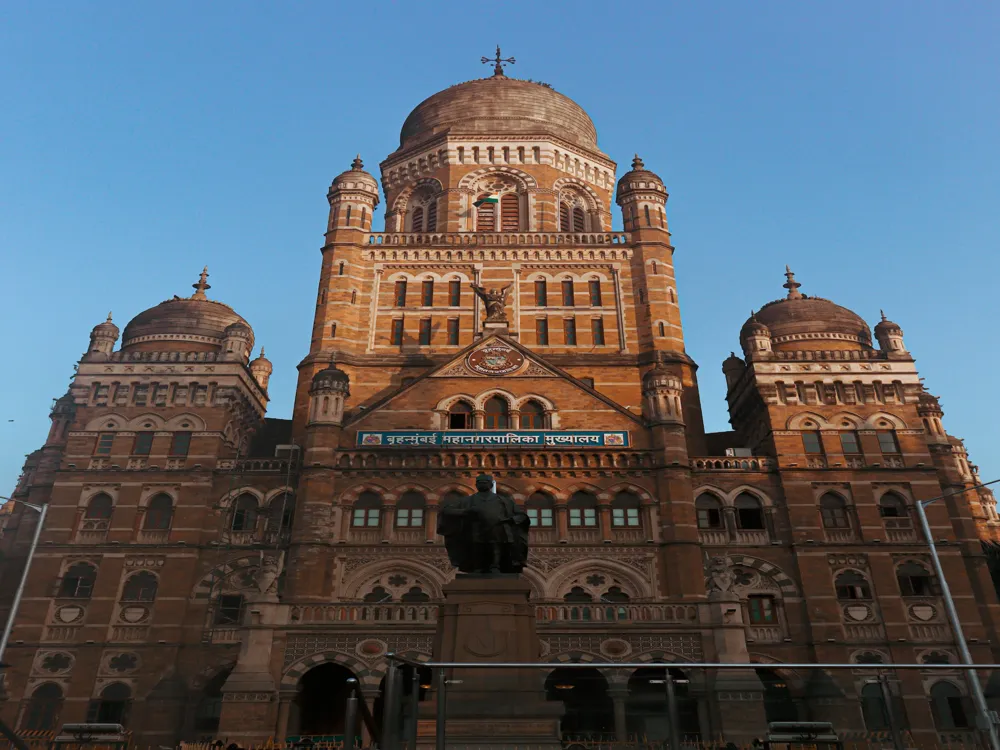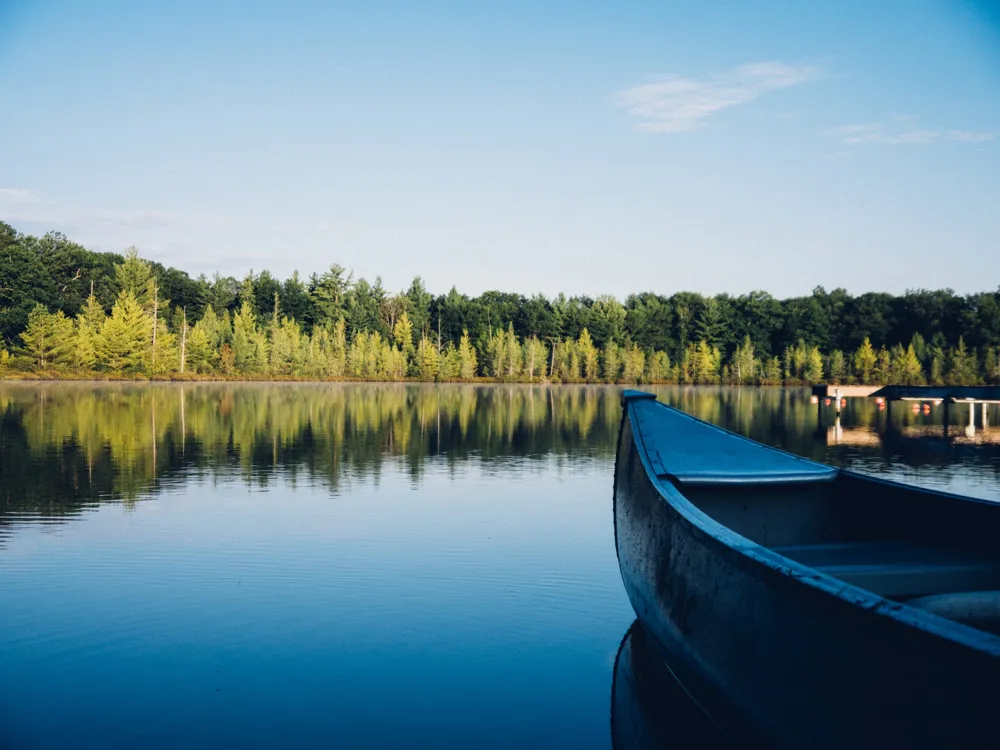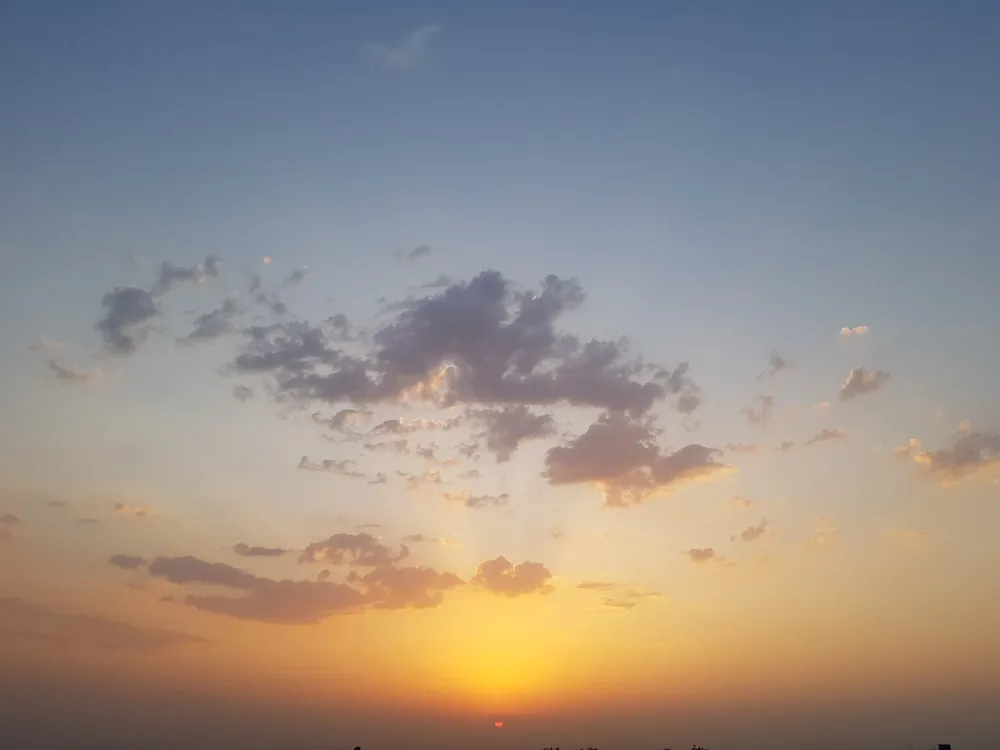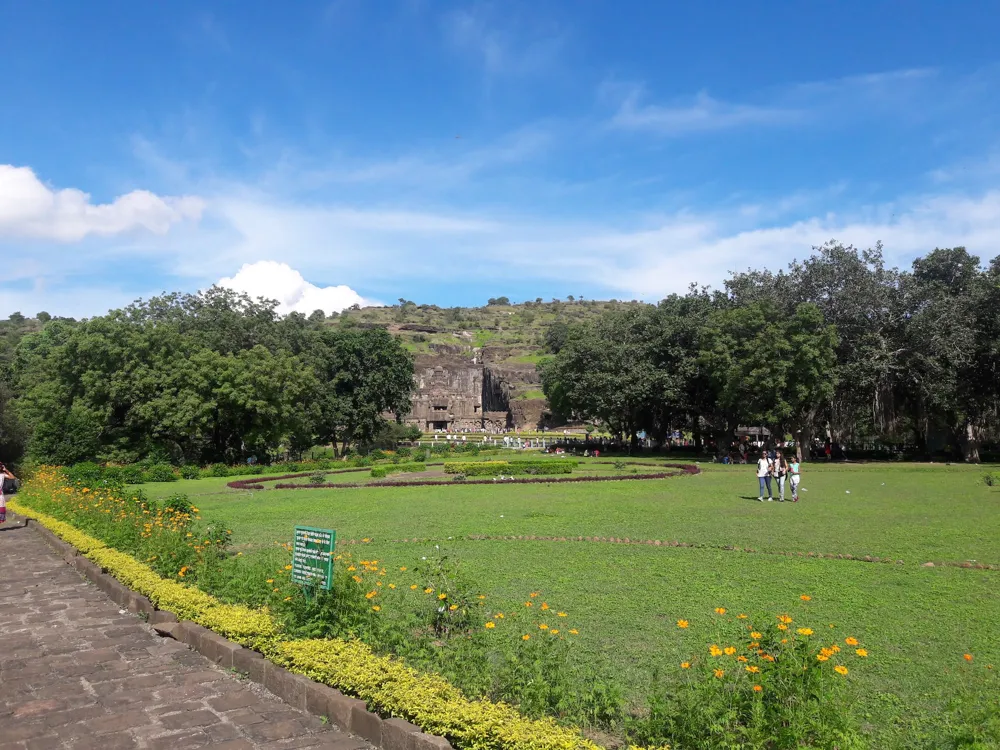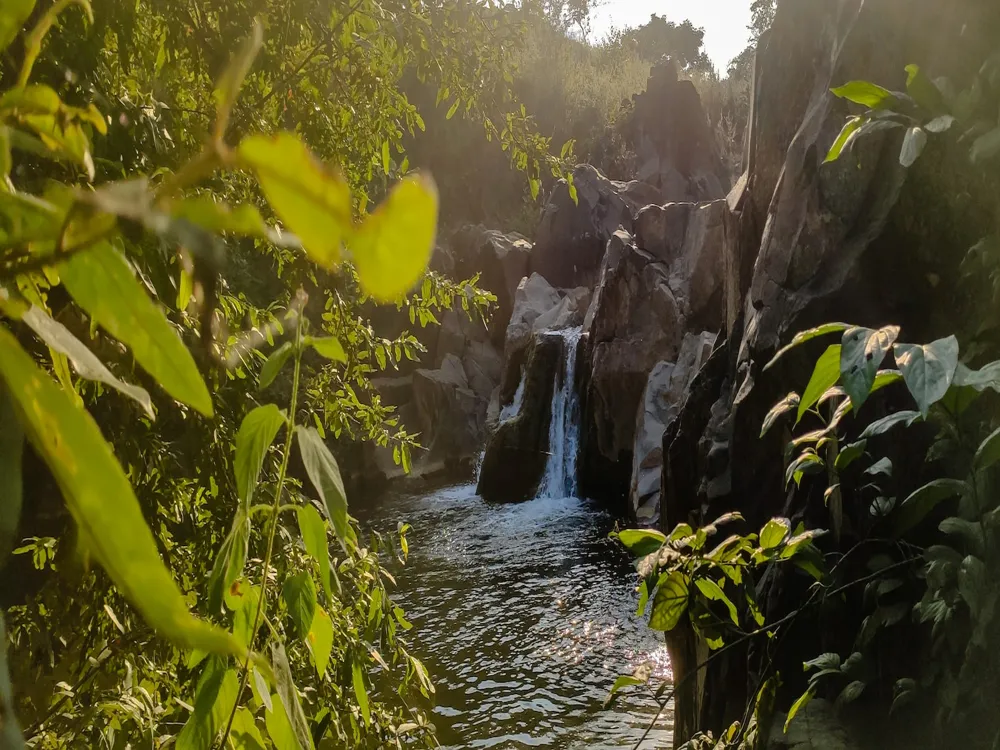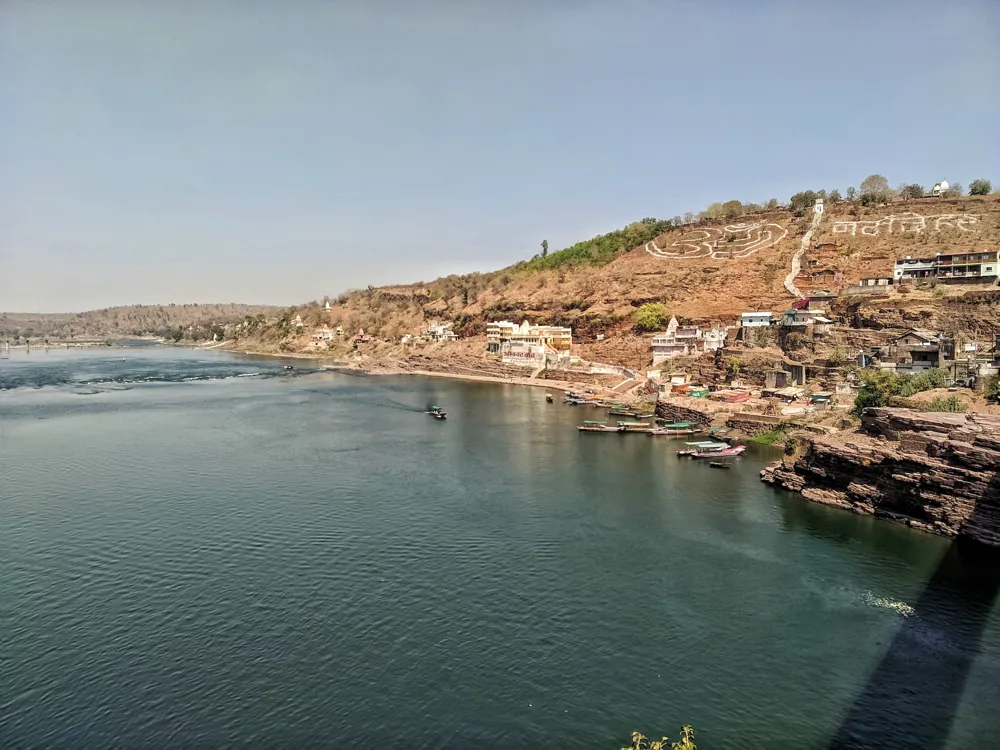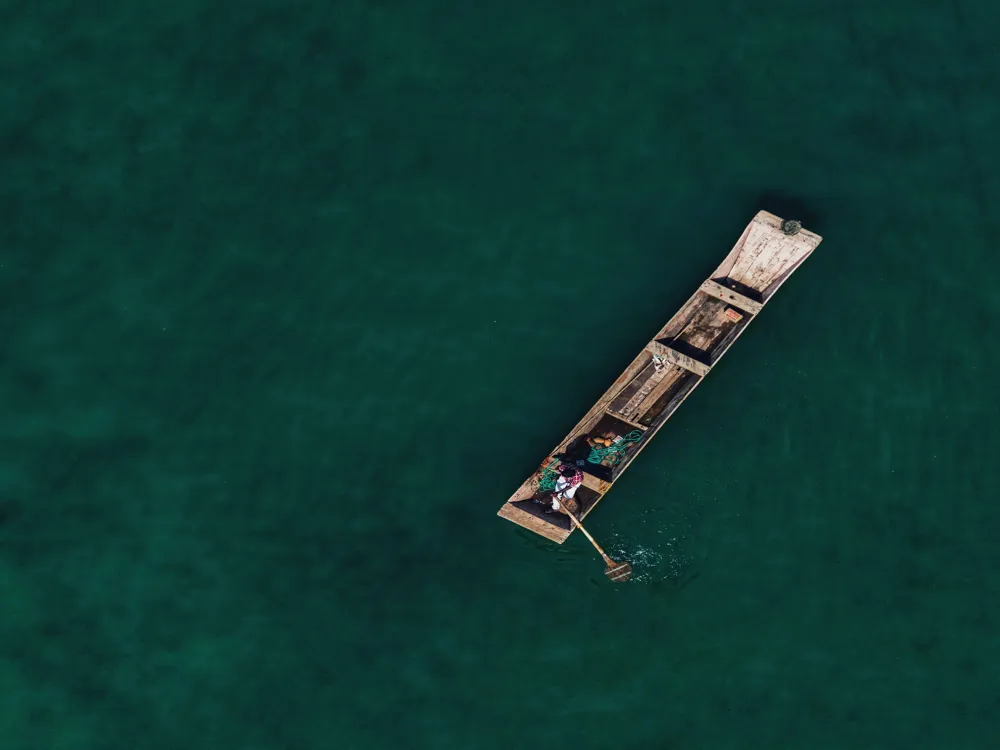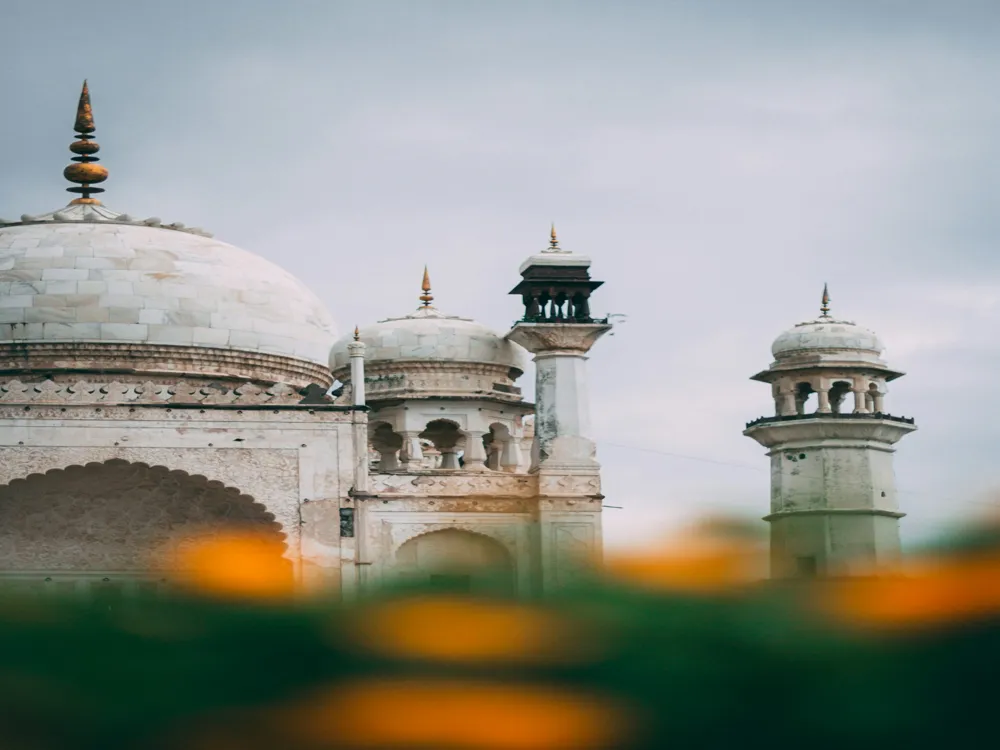Gwaligarh Fort, a hidden gem nestled in the lush hills of Chikhaldara in Maharashtra, stands as a testament to the rich history and cultural heritage of the region. The fort, with its majestic presence, takes you back in time to the era of valiant warriors and grand architectural marvels. As you traverse through the corridors of history, the Gwaligarh Fort emerges as a symbol of strength and resilience, having witnessed numerous battles and stood the test of time. This overview aims to unfold the layers of its history, significance, and the stories that are etched in its walls.
The history of Gwaligarh Fort is a fascinating tapestry of conquests, dynasties, and legends. Dating back to the 12th century, the fort has been under the rule of several prominent dynasties such as the Yadavas, Bahamanis, Mughals, and eventually the British. Each dynasty left its mark, contributing to the fort's rich legacy. The fort is not just a structure of stone and mortar; it is a chronicle of bravery, strategy, and the rise and fall of empires. It has been a silent witness to the changing political landscapes of India and stands as a reminder of the region's turbulent past.
The architectural grandeur of Gwaligarh Fort is a blend of various styles reflecting the diverse influences of its rulers. The fort encompasses massive gateways, robust walls, and intricate carvings that speak volumes of the skilled craftsmanship of the time. One can notice the Islamic architectural influences in the domes and arches and the Hindu style in the motifs and designs. The fort's strategic location on a hilltop not only provided a vantage point for defense but also added to its majestic aura. Its design is a harmonious blend of form and function, meant to withstand sieges while maintaining the aesthetic appeal.
The ideal time to visit Gwaligarh Fort is between October and March when the weather is pleasant, making it perfect for exploring the vast expanse of the fort and its surroundings. The monsoon season, though beautiful, can make the terrain slippery and challenging.
Comfortable and sturdy footwear is essential as the fort requires a fair amount of walking, often on uneven surfaces. Light, breathable clothing is recommended, considering the local climate, with a hat or a cap to shield from the sun.
For photography enthusiasts, the fort offers numerous picturesque spots. Early morning and late afternoon light provide the best natural lighting for capturing the architectural beauty of the fort. Don't forget to capture the panoramic views from the top.
Gwaligarh Fort is accessible via road from major cities in Maharashtra. The nearest town is Chikhaldara, which is well connected by road. The closest railway station is in Amravati, about 100 kilometers away, and the nearest airport is Dr. Babasaheb Ambedkar International Airport in Nagpur, approximately 230 kilometers away. Local taxis and buses are available from these points to reach the fort.
Overview of Gwaligarh Fort, Chikhaldara, Maharashtra
Historical Significance of Gwaligarh Fort
The Architecture of Gwaligarh Fort
Tips When Visiting Gwaligarh Fort
Best Time to Visit
What to Wear
Photography Tips
How To Reach Gwaligarh Fort
Gwaligarh Fort
Chikhaldara
Maharashtra Goa
NaN onwards
View chikhaldara Packages
Chikhaldara Travel Packages
View All Packages For Chikhaldara
Top Hotel Collections for Chikhaldara

Private Pool

Luxury Hotels

5-Star Hotels

Pet Friendly
Top Hotels Near Chikhaldara
Other Top Ranking Places In Chikhaldara
View All Places To Visit In chikhaldara
View chikhaldara Packages
Chikhaldara Travel Packages
View All Packages For Chikhaldara
Top Hotel Collections for Chikhaldara

Private Pool

Luxury Hotels

5-Star Hotels

Pet Friendly







